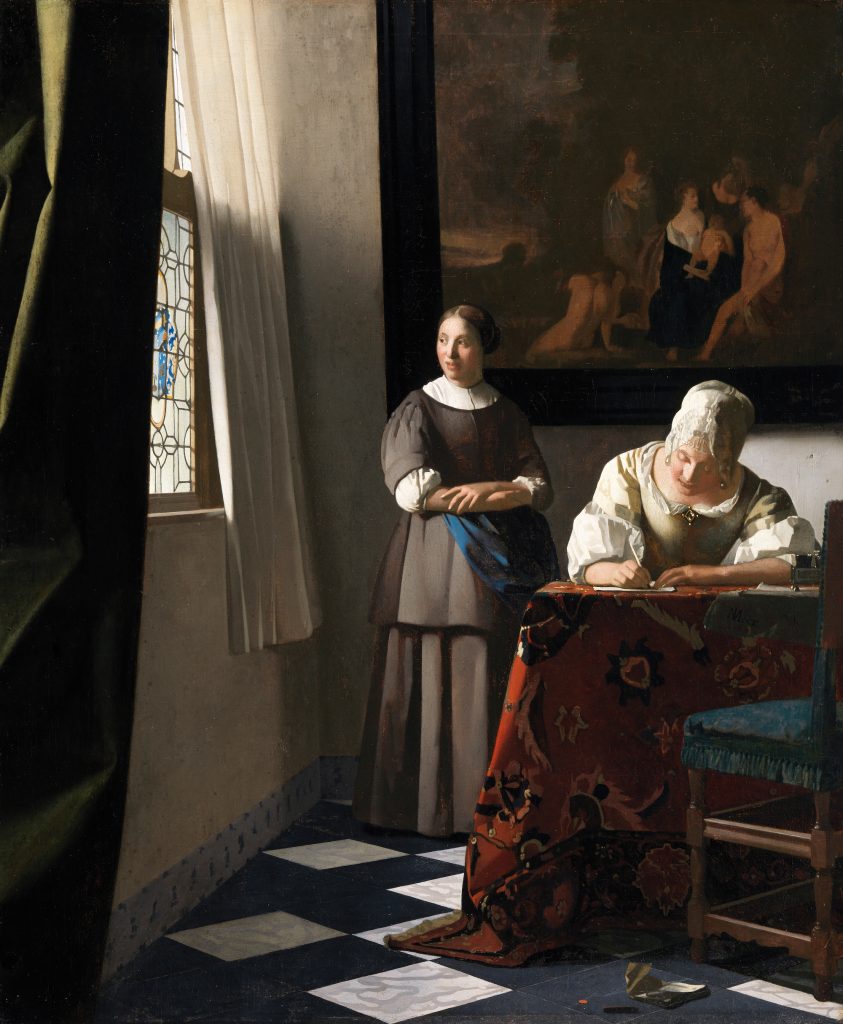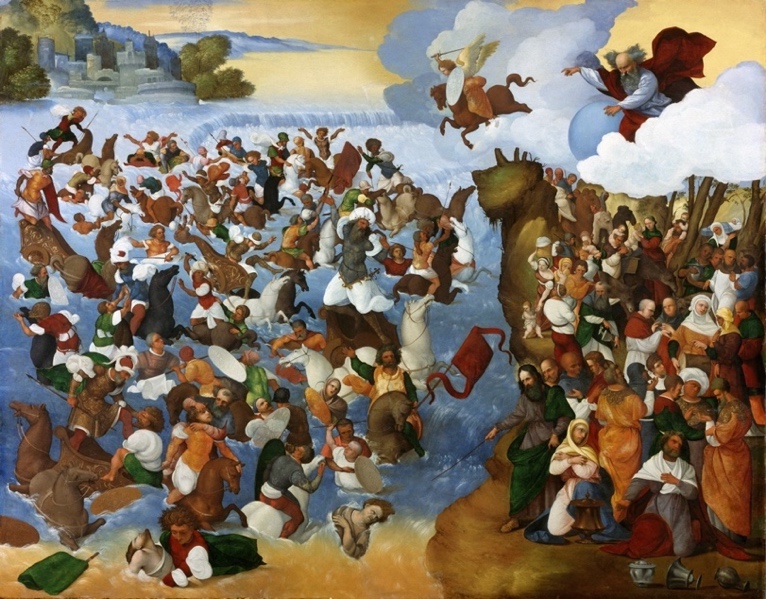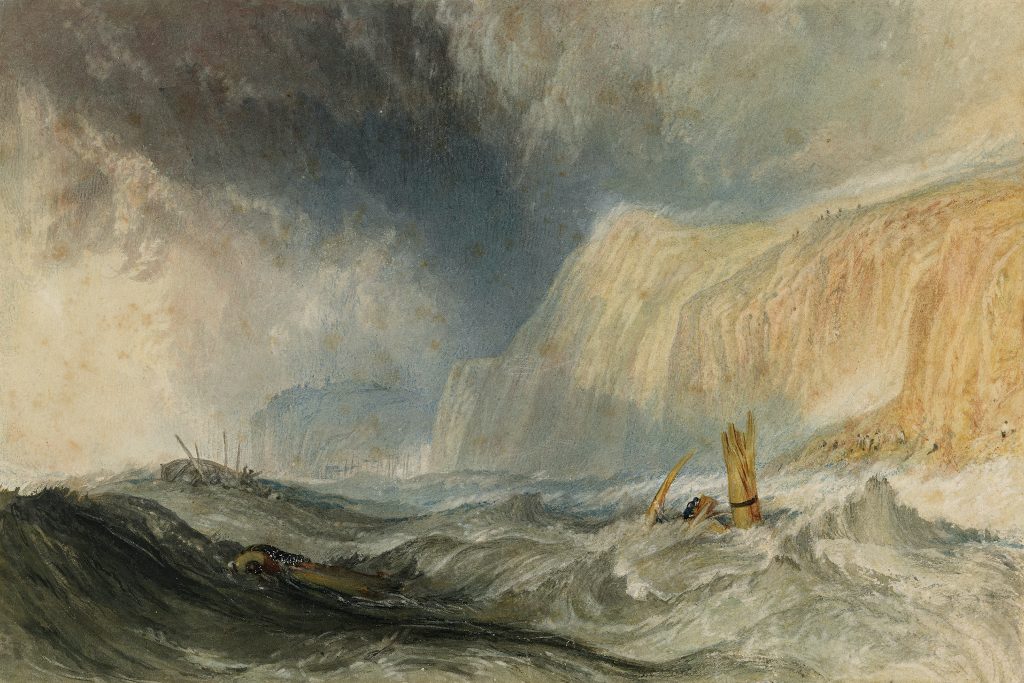
Mary Cassatt – Child in a Straw Hat, c.1886. Courtesy National Gallery of Art, Washington.
Women Impressionists, a special exhibition marking the first impressionist exhibition in 1874, is at the National Gallery of Ireland from June 27 to October 6. Women Impressionists will include around 60 fascinating works drawn from collections worldwide. It focusses on on four women artists who were integral to Impressionism – Berthe Morisot (1841-1895), Eva Gonzalès (1849-1883), Marie Bracquemond (1860-1914), and Mary Cassatt (1844-1926). All but Eva Gonzales exhibited at Impressionist exhibitions (of which there were eight over the following 12 years).
Impressionist artists are renowned for using friends and family members as models. This is especially so for women Impressionists, who had relatively restricted access to professional models and social spaces. They often painted scenes from everyday life in the quiet intimacy of their homes and gardens. These artists did not only look inwards but they travelled widely, they looked to contemporary art and to art history; they were engaged in the artworld and made visits to studios, exhibitions, and galleries.
Women Impressionists explores how each of these artists navigated complex personal and professional networks to create and exhibit their art. It highlights their collective desire to make modern art and shows how they interpreted the evolving idea of Impressionism in individual ways.
Highlights include an exceptional portrayal of an intimate domestic scene, The Artist’s Daughter, Julie, with her Nanny, c.1884. by Berthe Morisot (Minneapolis Institute of Art). The painting shows the artist’s daughter Julie watching her nanny sewing. Marie Bracquemond’s painting Le Goûter, c.1880 (Musée du Petit Palais)is set on the terrace of the Villa Brancas, the artist’s home in Sèvres. Mary Cassatt was one of the most original painters of women and children in the 19th-century. Her painting Susan Comforting the Baby, c.1881 (Columbus Museum of Art) shows a young woman soothing one of the artist’s infant nieces or nephews. In keeping with her Impressionism, Cassatt has left areas of canvas unpainted, and others sketched in with loose visible brushstrokes.
Dr Caroline Campbell, Director of the National Gallery of Ireland, said: “In an anniversary year for the National Gallery of Ireland, as we celebrate our 160th birthday, it is very exciting to mark another important anniversary in the history of art by bringing this exhibition to Ireland. 150 years on from the first Impressionist exhibition in Paris, we look forward to opening our doors to visitors from Ireland and abroad to discover works by these four women artists. The works in our permanent collection by Berthe Morisot and Eva Gonzalès are firm favourites of our audiences so we hope that this exhibition will delight and intrigue throughout the summer.”
The exhibition was devised by Ordrupgaard, Denmark, where it was on display from February 9 to May 20, 2024.

Berthe Morisot – The Artist’s Daughter, Julie, with her Nanny, c. 1884 Minneapolis Institute of Art, The John R. Van Derlip Fund. Courtesy Minneapolis Institute of Art. Licenced under CC BY 4.0
















